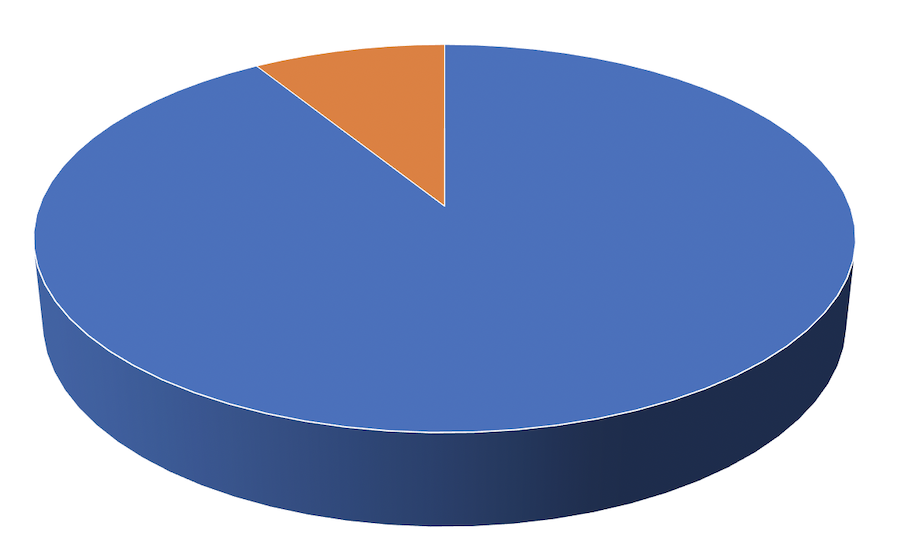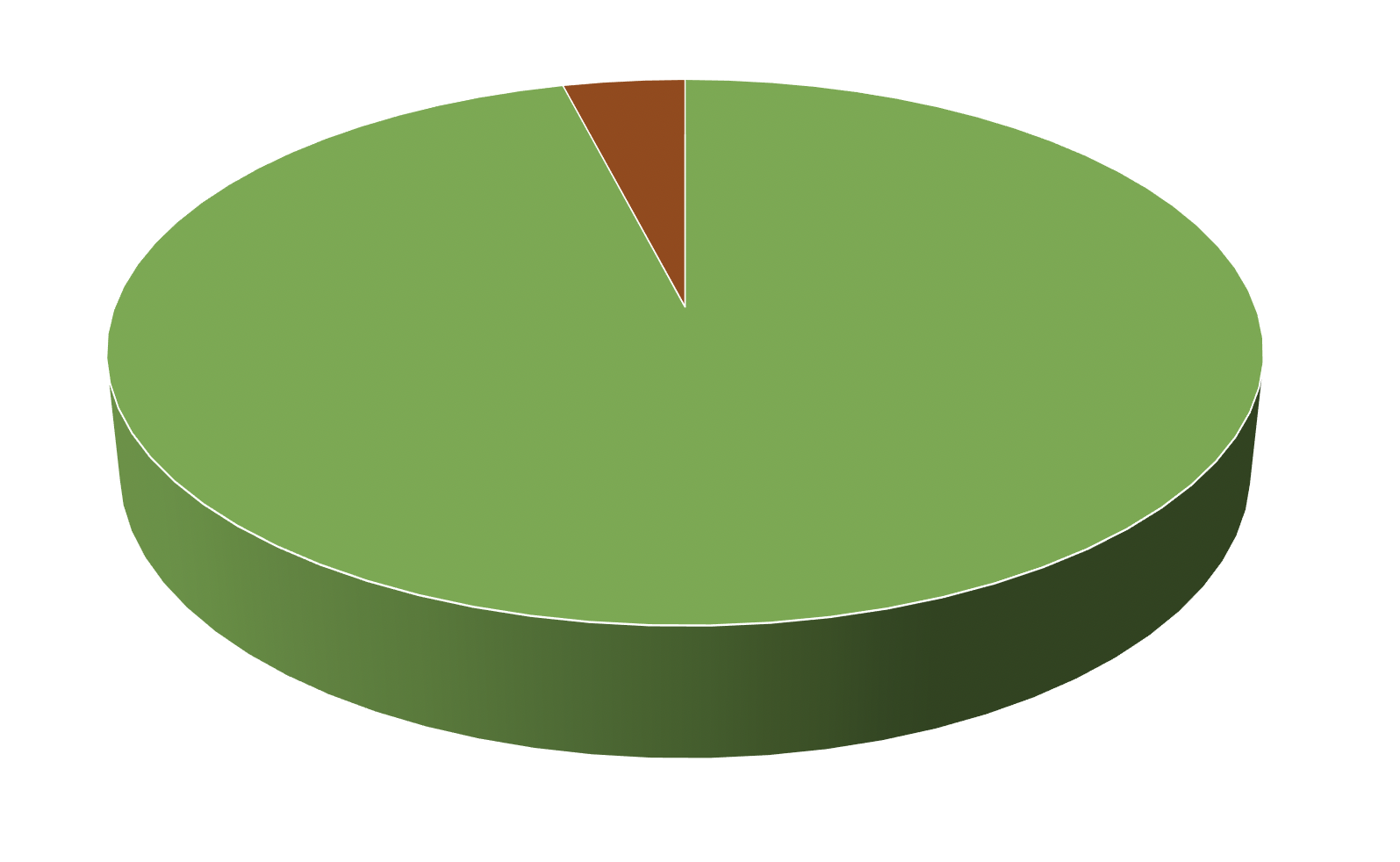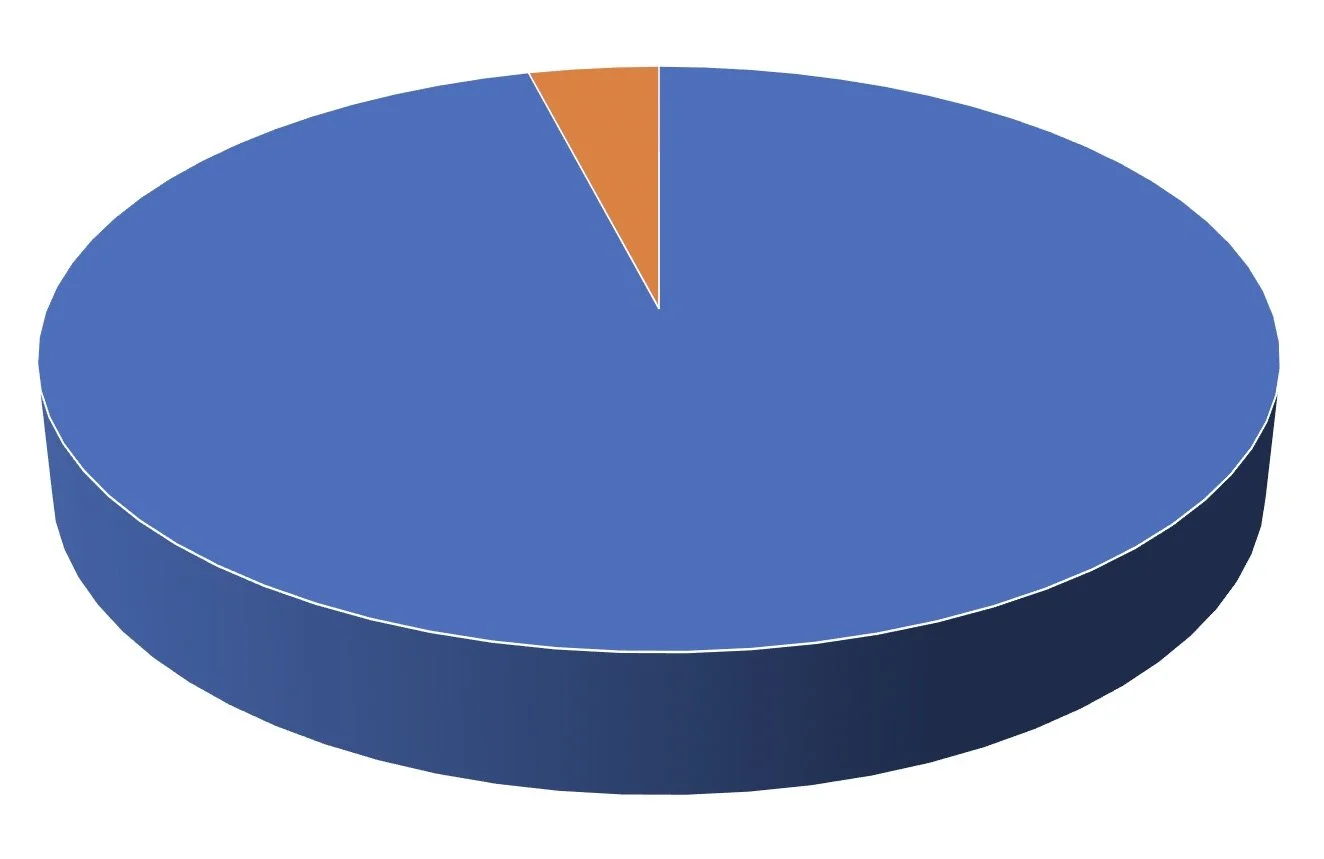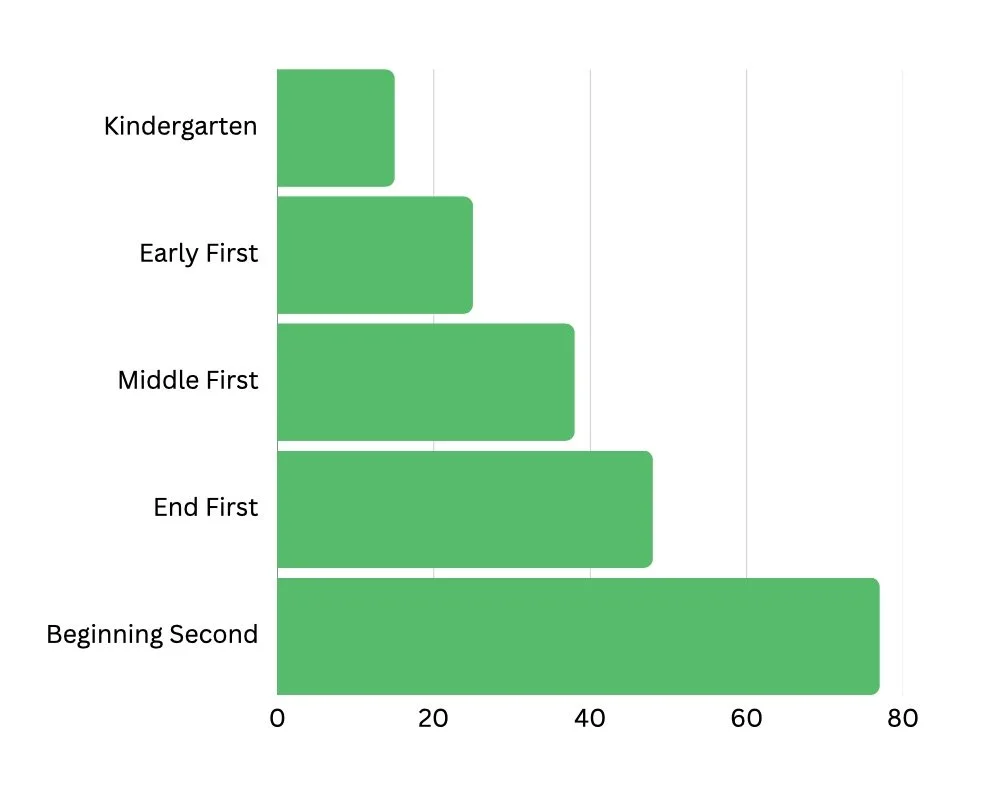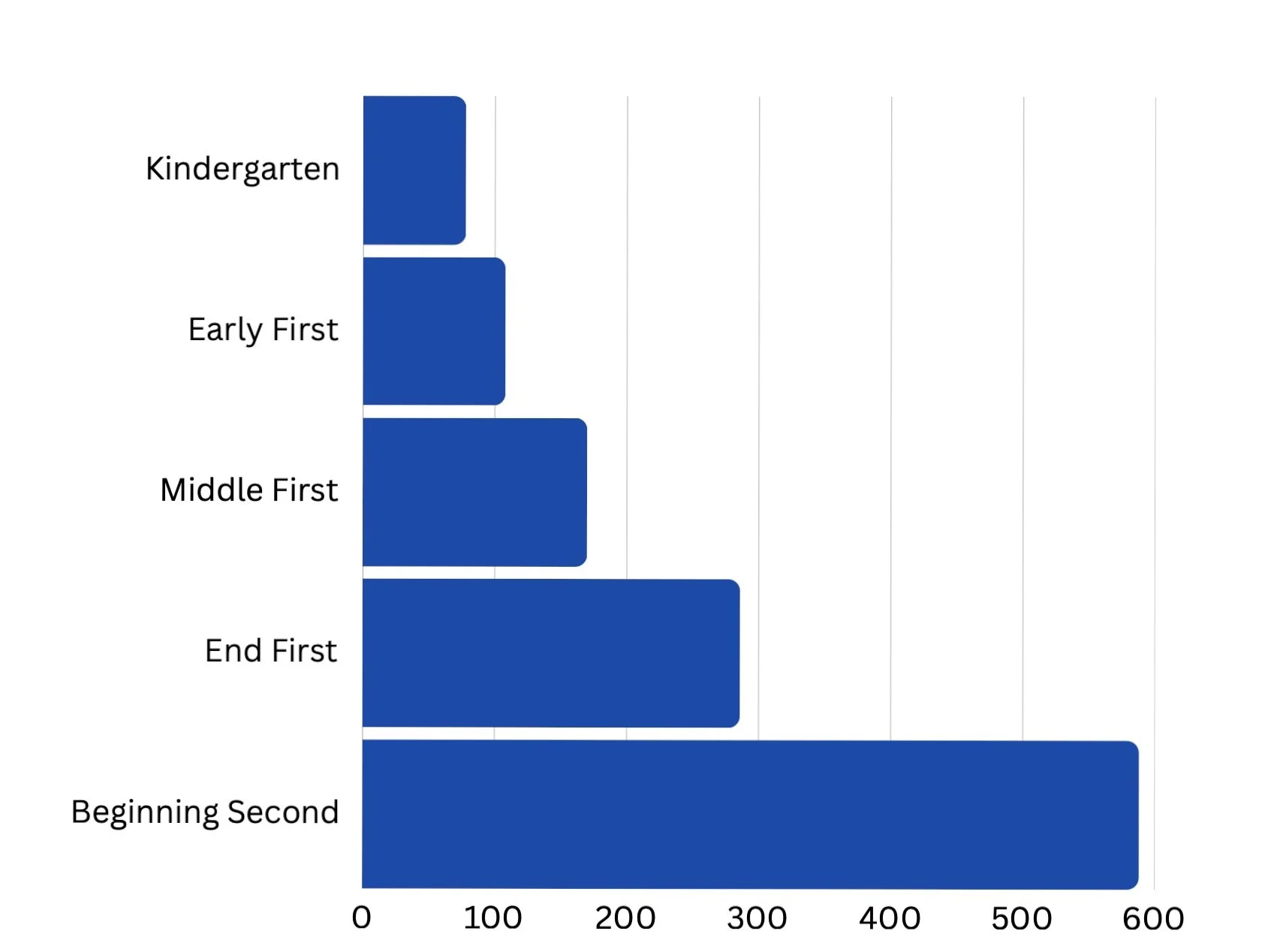
The Data Room
Booktrition places books systematically, based on analysis of the content and complexity of material, and ties directly to what is taught in the classroom. As an example, books recommended for early first grade build on the short vowel words learned in kindergarten, and integrate more challenging words that include blends, words that end in ‘e,’ open vowel words and more. Books are leveled by the beginning, middle and end of each grade from kindergarten through third. And to ensure proper book placement, each book has been analyzed for phonetic text. A book meets the criteria for placement if a reader could achieve at least 80% of decodability based on the phonics and sight words taught at each stage, from kindergarten to the middle of second grade.
In total, the results were striking; on average a reader can decode almost a quarter of all text solely by knowing the first ten most frequent words (listed below for each level). As well, there is a significant jump from first grade to second grade in terms of the number of unique words per book and the total length of each book.
*Other notable findings will be discussed in detail on our instagram and blog.

Kindergarten Data
The kindergarten books analyzed for phonetic data include 1,250 total words, of which 246 were unique words. Collectively, between highly phonetic and sight words, the kindergarten books are 91% decodable with 9% challenge words (as seen below). The top ten most frequent words are listed below, and they account for 21% of all kindergarten text. The length of each kindergarten book averages to 78 words total with 15 unique words.
Total # of Words in Kindergarten Books
Highly decodable
Challenge words
Top 10 most frequent words:
is
and
the
a
dog
cat
big
not
no
says

Early First
Grade Data
The early first grade books analyzed for phonetic data include 1,837 total words, of which 424 were unique words. Collectively, between highly phonetic and sight words, the early first grade books are 80% decodable with 20% challenge words (as seen below). The top ten most frequent words are listed below, and they account for 26% of all kindergarten text. The length of each early first grade book averages to 108 words total with 25 unique words.
Top 10 most frequent words:
the
I
a
is
to
and
cat
dog
see
not
Total # of Words Early First Grade
challenge words
highly decodable words

Middle of First
Grade Data
The middle of first grade books analyzed for phonetic data include 2,559 words total, of which 564 were unique words. Collectively, between highly phonetic and sight words, the middle of first grade books are 88% decodable with 12% challenge words (as seen below). The top ten most frequent words are listed below, and they account for 21% of all middle of first grade text. The length of each book averages to 170 words total with 38 unique words.
Top 10 most frequent words:
the
a
I
is
says
it
to
fox
you
and
Total # of Words in Middle
First Grade Books
challenge words
highly decodable words

End of First
Grade Data
The end of first grade books analyzed for phonetic data include 4,856 words total, of which 846 were unique words. On average, books are 96% decodable based on the unique words. 77 of the top 100 Fry words are found in this data and account for 46% of total words. The top ten most frequent words are listed below, and they account for 23% of all end of first grade text. The length of each book averages to 286 words total with 48 unique words.
Top 10 most frequent words:
the
I
a
is
to
and
said
says
you
he
Average Percentage of Decodability per Book
highly decodable words
challenge words

Early Second
Grade Data
The early second grade books analyzed for phonetic data include 11,116 words total, of which 1,460 were unique words. The top ten most frequent words are listed below, and they account for 24% of all middle of first grade text. On average, and as seen in the pie graph below, each book averages 96% decodability. The length of each book averages to 588 words total with 77 unique words.
Top 10 most frequent words:
the
I
a
and
to
is
you
it
said
not
Average Percentage of Decodability per Book
highly decodable words
challenge words

All Data
With regard to books collectively analyzed for phonetic data from kindergarten to the middle of second grade, 21,672 words were analyzed; 2,053 of those words are unique. The top ten most frequent words are listed in red, and they account for 23% of total text from kindergarten to the middle of second grade. The charts below reflect the number of total words per book as well as the total number of unique words per book throughout five phases: kindergarten, early first grade, middle first grade, end of first grade, and early second grade. As you can see from these visual aids, there is a signifiant jump from first grade to second grade in terms of more unique words and longer books.
Top 10 most frequent words:
the
I
a
is
and
you
you
it
not
said
Number of Unique Words
Total # of Words per Book

